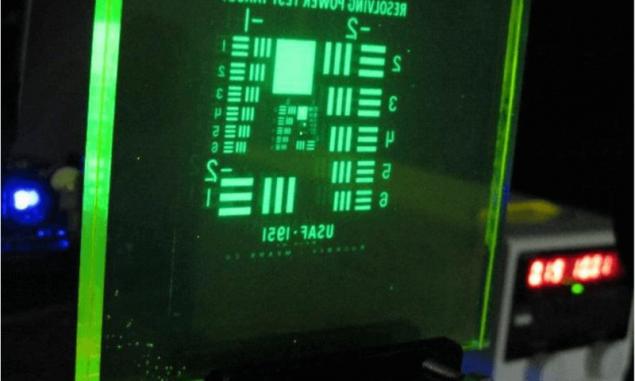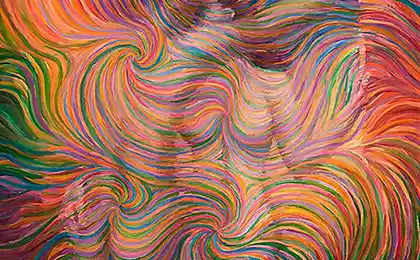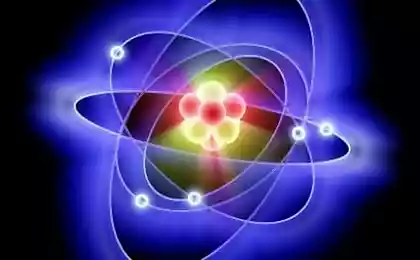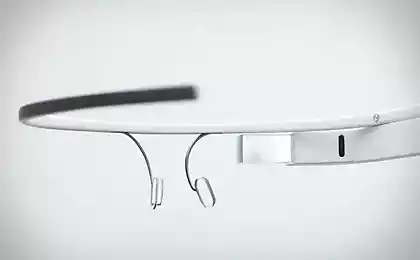413
Photoluminescent display converts light into energy
A group of Japanese physicists in an article for the international journal journal of Photonics for Energy is suggested to Supplement the construction of a laser display (Laser Phosphor Display LPD) luminescent solar concentrator (LSC). This modification allows you to use the device not only to showcase images, but also for the collection/conversion of light energy.

This article describes the principle of operation of such devices, and assess the effectiveness of energy collection and indicates areas for further improvement proposed design.
As a demonstration of the concept, the lead author Ichiro Fujieda (Fujieda Ichiro) and his colleagues from the Asia-Pacific Ritsumeikan University (Oita Prefecture, Japan) manufactured the screen dimensions 95×910 mm, by placing a thin layer of organic dye fluorophore, coumarin 6, between the two transparent (acrylic) plates. These plates were redirected photoluminescence photons emitted from both sides, their end surfaces.

The lower end of the screen, the scientists attached a photodiode with dimensions of the sensitive area 10×10 mm. Extrapolation of the measurement results shows that the display, the perimeter of which is completely covered with photodiodes that can capture up to 71% of incoming optical energy.
Using a projector, the light source which was replaced by one blue laser, the experimental screen was the test fluorescence images of green.
Reducing the thickness of the rear (facing the projector) plate scientists have been able to get rid of the spurious second image arising from internal reflections of photoluminescent photons, the separation of the screen surface into many small blocks LSC allows to prevent losses due to self-absorption. published
P. S. And remember, only by changing their consumption — together we change the world! ©
Source: //phys.org/news/2017-05-photoluminescent-absorbs-energy.html

This article describes the principle of operation of such devices, and assess the effectiveness of energy collection and indicates areas for further improvement proposed design.
As a demonstration of the concept, the lead author Ichiro Fujieda (Fujieda Ichiro) and his colleagues from the Asia-Pacific Ritsumeikan University (Oita Prefecture, Japan) manufactured the screen dimensions 95×910 mm, by placing a thin layer of organic dye fluorophore, coumarin 6, between the two transparent (acrylic) plates. These plates were redirected photoluminescence photons emitted from both sides, their end surfaces.

The lower end of the screen, the scientists attached a photodiode with dimensions of the sensitive area 10×10 mm. Extrapolation of the measurement results shows that the display, the perimeter of which is completely covered with photodiodes that can capture up to 71% of incoming optical energy.
Using a projector, the light source which was replaced by one blue laser, the experimental screen was the test fluorescence images of green.
Reducing the thickness of the rear (facing the projector) plate scientists have been able to get rid of the spurious second image arising from internal reflections of photoluminescent photons, the separation of the screen surface into many small blocks LSC allows to prevent losses due to self-absorption. published
P. S. And remember, only by changing their consumption — together we change the world! ©
Source: //phys.org/news/2017-05-photoluminescent-absorbs-energy.html
Exercise "Helmet": effective facelift without a scalpel!
Switzerland has experienced a stratospheric airplane solar























